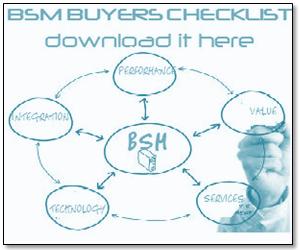The Hub Commentary_
Nice article last week walking through many of the security and management considerations when evaluating services appropriate for public cloud. Security and Operations are coming closer together as architecture for services are considered for organizations. This discussion illustrates the transformation that is occurring within organizations – the movement from operations to innovation.
The decision to move services to the cloud considers business impact and value in architecting and deploying services as well as security and management. The service provider is providing the infrastructure, but the service is still owned by the contracting business and must be instrumented for management.
Likely not a thought of the author, but management of systems and services has always been a follow-on to new technology deployment and use. I found the irony in the article that security was first and the management discussion followed. The race to the cloud is fueled by the notion it is cheaper, but when the fall back is we can do it manually, write a few scripts, manually keep track of configurations and compliance, etc. I have to ask, how much cheaper can it be if automation and management are manual.
Management tools available today were built with different technologies and uses in mind. The right management tool for the right technology should still be used, but what is surfacing is the requirement to stitch the fabric of the service, how it is deployed and managed together to gain a holistic view of the service. The days of an atomic service on a single platform are long gone and waiting on management to catch up to manage all combinations of solutions and platforms will be an endless wait. The best approach will weave together the fabric of service components with the proper management tools.
How are you stitching together your cloud strategy and is management an afterthought?
Michele
___________________
CSO — Many enterprises are reluctant to move critical cloud applications out of their own data centers and into the public cloud due to security concerns. Yet the same automated, consistent provisioning that is essential to managing either public or private clouds (as well as to the process of thinking through a cloud deployment) can also offer the fringe benefit of improving security. (Read Full Article…)














